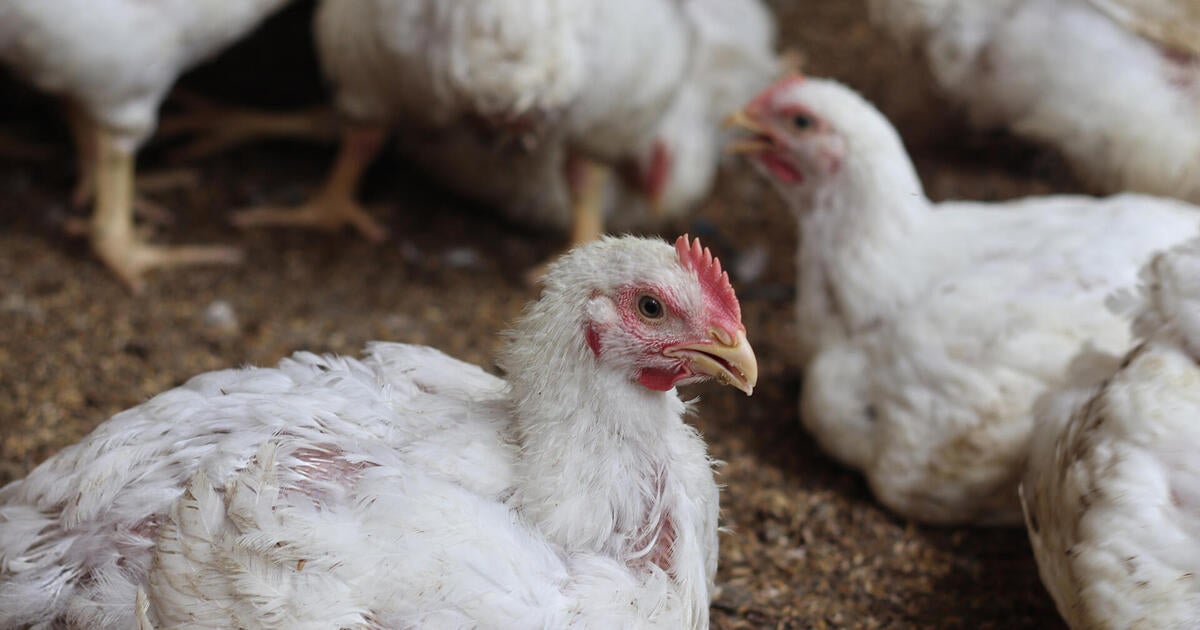Surge in U.S. Bird Flu Hospitalizations: Understanding the Situation
As the nation grapples with a concerning rise in bird flu-related hospitalizations, recent reports from Ohio have confirmed a new case, bringing the total number of hospitalizations in the U.S. to four. This surge has raised alarms among public health officials and the poultry industry, highlighting the urgent need for awareness and action. In this article, we’ll delve into the implications of these developments, explore the nature of avian influenza, and provide guidance on how to stay informed and safe.
What is Bird Flu and Why is it Concerning?
Bird flu, or avian influenza, refers to a group of viral infections primarily affecting birds but can also infect other species, including humans. The most common strain currently causing concern is H5N1, known for its high mortality rate in infected birds and potential to cause severe illness in humans. While the virus is not new, the recent uptick in cases, particularly hospitalizations, has experts on high alert.
Current Situation: Recent Cases and Hospitalizations
The recent case reported in Ohio has contributed to a total of four hospitalizations across the United States. These cases, while still rare, have emphasized the importance of monitoring and controlling the virus’s spread. The Centers for Disease Control and Prevention (CDC) is actively investigating these cases to determine the source of infection and the risk to the general public.
- Ohio Case: A new hospitalization has been reported, raising concerns about community transmission.
- Previous Cases: The other three hospitalizations were linked to direct contact with infected birds.
- Geographic Spread: The cases span multiple states, indicating a broader issue within the poultry industry.
Understanding the Transmission of Bird Flu
Bird flu primarily spreads through contact with infected birds, their droppings, or contaminated surfaces. While the risk of human infection is generally low, the recent hospitalizations suggest that certain strains may pose a greater threat than previously understood. Factors contributing to this surge include:
- Increased Poultry Exposure: Higher interactions between humans and poultry due to farming practices or outbreaks.
- Environmental Conditions: Changes in weather patterns can influence the spread of the virus.
- Mutation of the Virus: Viruses can change over time, potentially increasing their ability to infect humans.
Implications for Public Health
The surge in bird flu hospitalizations raises critical questions about public health preparedness. Experts emphasize that while the risk to the general population remains low, vigilance is essential. Key concerns include:
- Hospital Preparedness: Healthcare facilities must be prepared for potential increases in bird flu cases and ensure proper protocols are in place.
- Public Awareness: Increased education about bird flu symptoms and how to prevent infection is crucial.
- Surveillance and Research: Ongoing monitoring of avian influenza strains is necessary to assess their risk to humans.
Impact on the Poultry Industry
The poultry industry is feeling the repercussions of this surge as well. Avian influenza outbreaks can lead to significant economic losses, including:
- Culling of Infected Birds: Infected flocks may need to be destroyed to prevent spread, leading to financial losses for farmers.
- Trade Restrictions: Countries may impose import bans on U.S. poultry products, affecting the global market.
- Consumer Confidence: Public concern about bird flu can impact poultry sales, even in unaffected areas.
What Can You Do to Stay Informed and Safe?
While the current situation is concerning, there are steps you can take to protect yourself and stay informed about bird flu:
- Stay Updated: Follow reputable sources like the CDC and World Health Organization for the latest information.
- Avoid Contact with Infected Birds: If you’re in an area where bird flu has been reported, avoid contact with wild birds and poultry.
- Practice Good Hygiene: Wash your hands frequently, especially after handling birds or visiting farms.
- Report Sick Birds: If you notice unusual illness or death in birds, report it to local authorities.
Conclusion: Looking Ahead
The surge in U.S. bird flu hospitalizations is a wake-up call for public health officials, the poultry industry, and the general population alike. Understanding the nature of avian influenza, its transmission, and the potential implications is crucial in navigating this evolving situation. By staying informed, practicing good hygiene, and following health guidelines, we can collectively mitigate the risks associated with this virus.
As experts continue to monitor the situation, the focus remains on preventing further spread and ensuring that both public health systems and the poultry industry are prepared for any challenges that may arise. Together, we can face this issue with vigilance and optimism, safeguarding our communities and food supply.
See more WebMD Network



